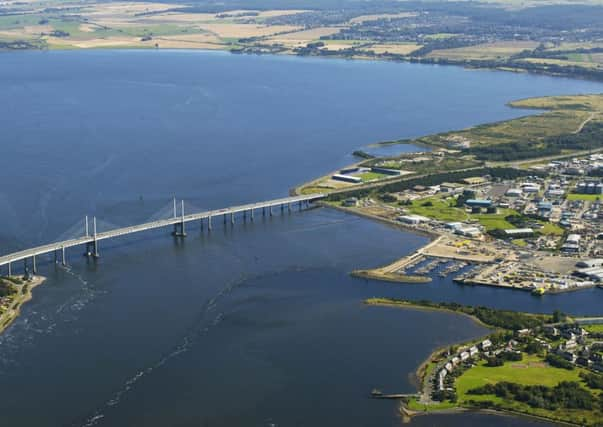Leap in catches sees salmon success on River Ness


Despite the rise being described as “extremely encouraging” by the Ness District Salmon Fishery Board, they have called on the Scottish Government for closer consultation with fishery managers on conservation measures.
The total catch of 1,222 fish is a leap on the 815 recorded in 2014 and the best return since 2007.
Advertisement
Hide AdAdvertisement
Hide AdFishery board director Chris Conroy said angling was supporting several hundred jobs and generating visitor income to Inverness and the communities of the Ness’s ancillary lochas and rivers
He added: “The improvement in catches is extremely encouraging and hopefully a sign of things to come.
“It was due in part to exceptional seasons on the Rivers Oich and Garry, despite the disturbance associated with repairs to a major breach in the Caledonian Canal.”
But he expressed disappointment that the impressive 87 per cent catch and return rate of 2014 has slipped to 84 per cent this year, the first fall in five years.
Mr Conroy said: “Voluntary conservation measures have been in place for some time on the Ness system and have been supported by the majority of anglers.
“This year’s downturn in release rate is believed to be anglers’ reaction to the Scottish Government’s Kill Licence proposals, with anglers seeking to take a fish while they still could
“The Scottish Government’s Wild Fisheries Reform process will bring significant and wide ranging change to the management of the Ness system over the next few years.
“If they are to build on the success of local voluntary conservation measures and management actions introduced over the last 10 years, it is important that the Scottish Government fully engages with all interests.
Advertisement
Hide AdAdvertisement
Hide Ad“This includes local fishery managers, who have an in-depth knowledge of the Ness system and the pressures faced by its salmon populations.
“Failure to do so could lead to a backward, rather than a forward, steps for local salmon conservation.”
Catches of the vulnerable ‘autumn’ multi sea winter salmon component were down on the previous year and the third lowest since 1952.
Unfortunately, this was also associated with a seven per cent fall in their release rate.
The Ness District Salmon Fishery Board is concerned at what is a long-term trend for decreasing autumn multi sea winter catches and is working to identify the causes and potential management actions that might be appropriate.
On a more positive note ‘spring’ salmon, which have been subject to concerted voluntary conservation efforts over the last decade, were caught in numbers not seen for 20 years, with 99 per cent of the 322 fish being released.
Total multi sea winter salmon catches were the best in 10 years, with grilse catches the seventh highest since records began in 1952.